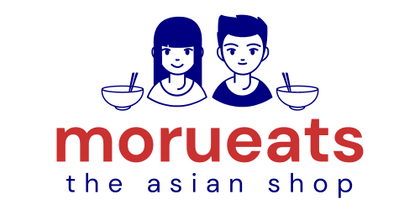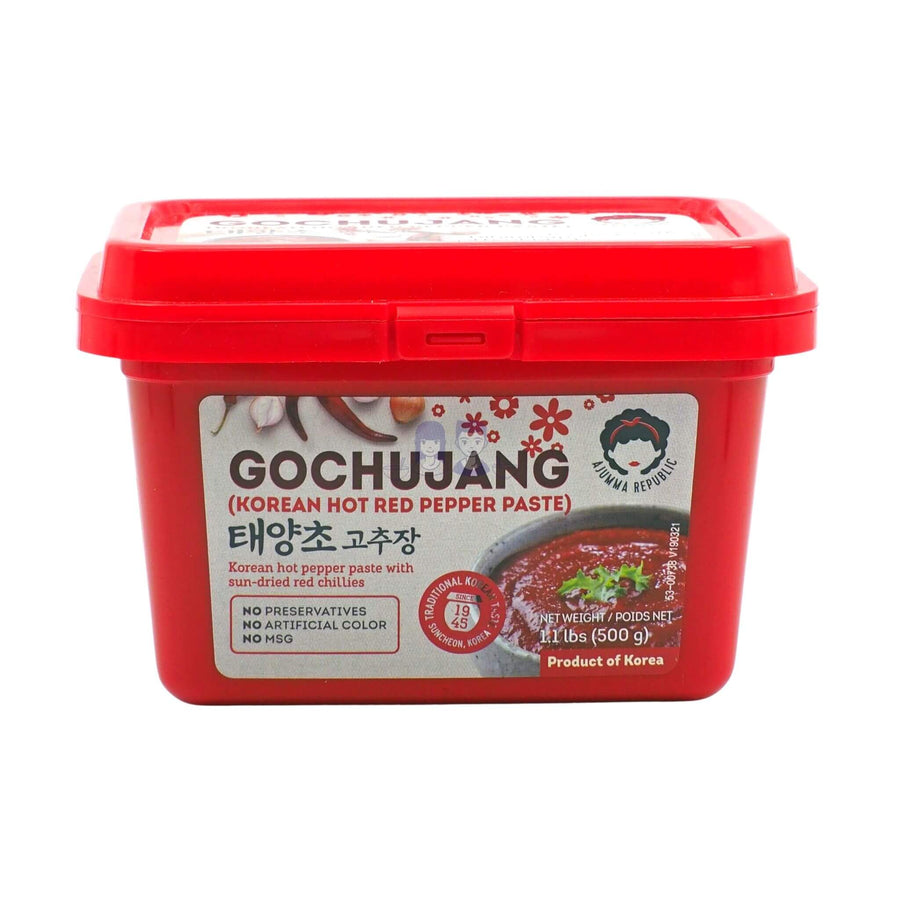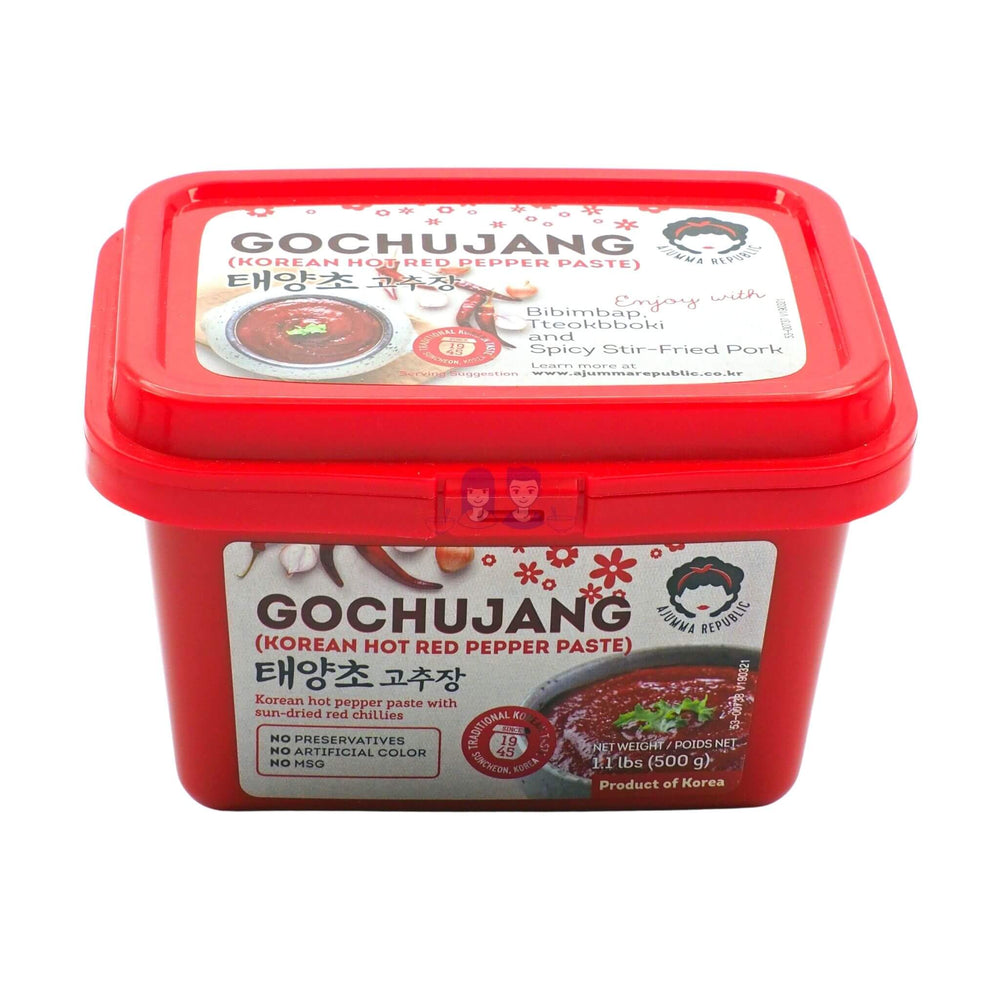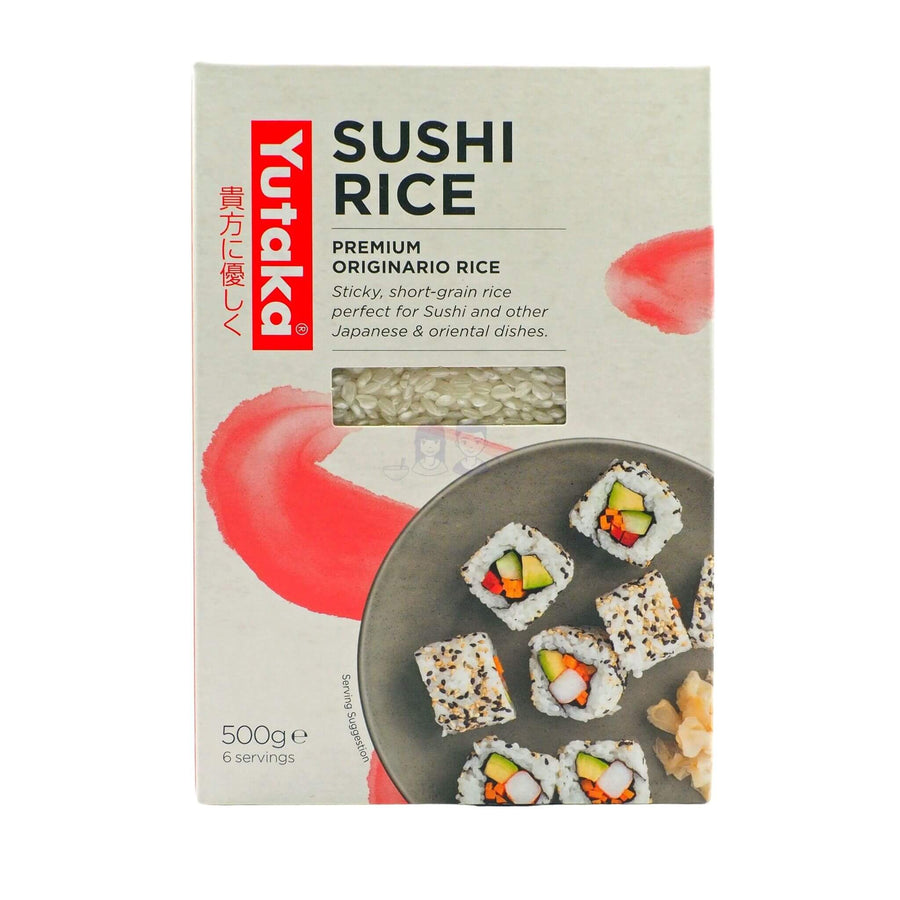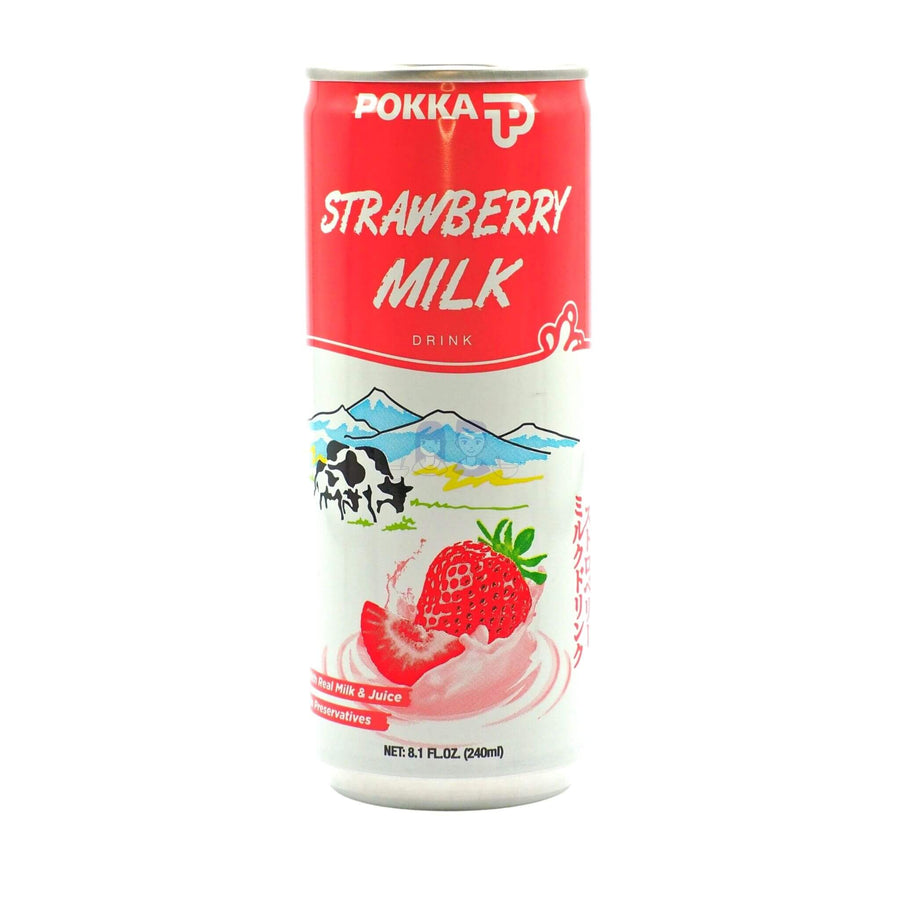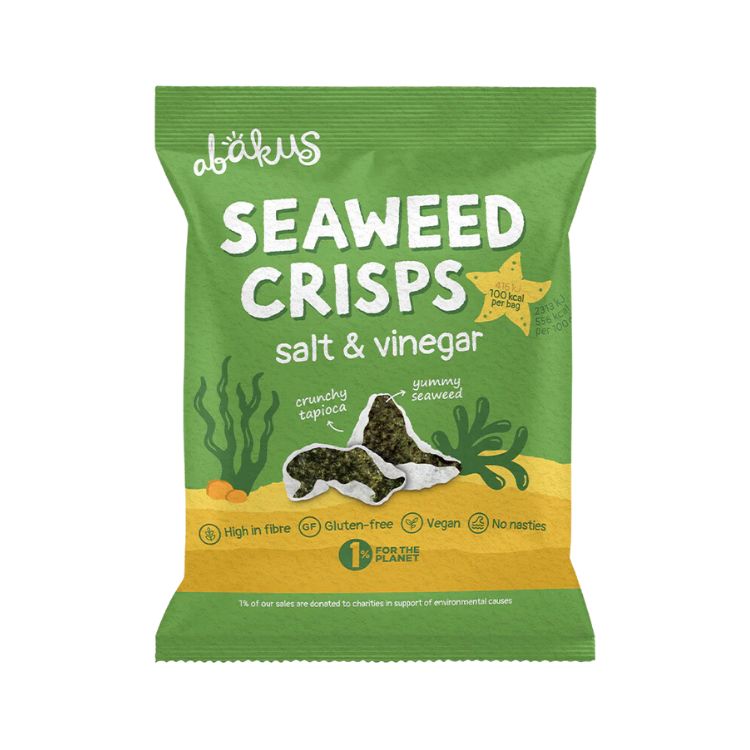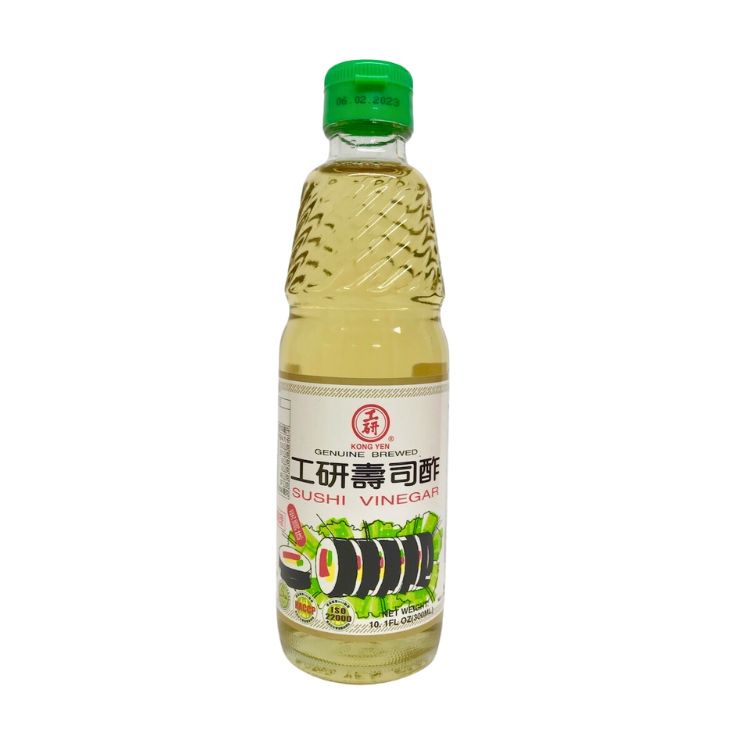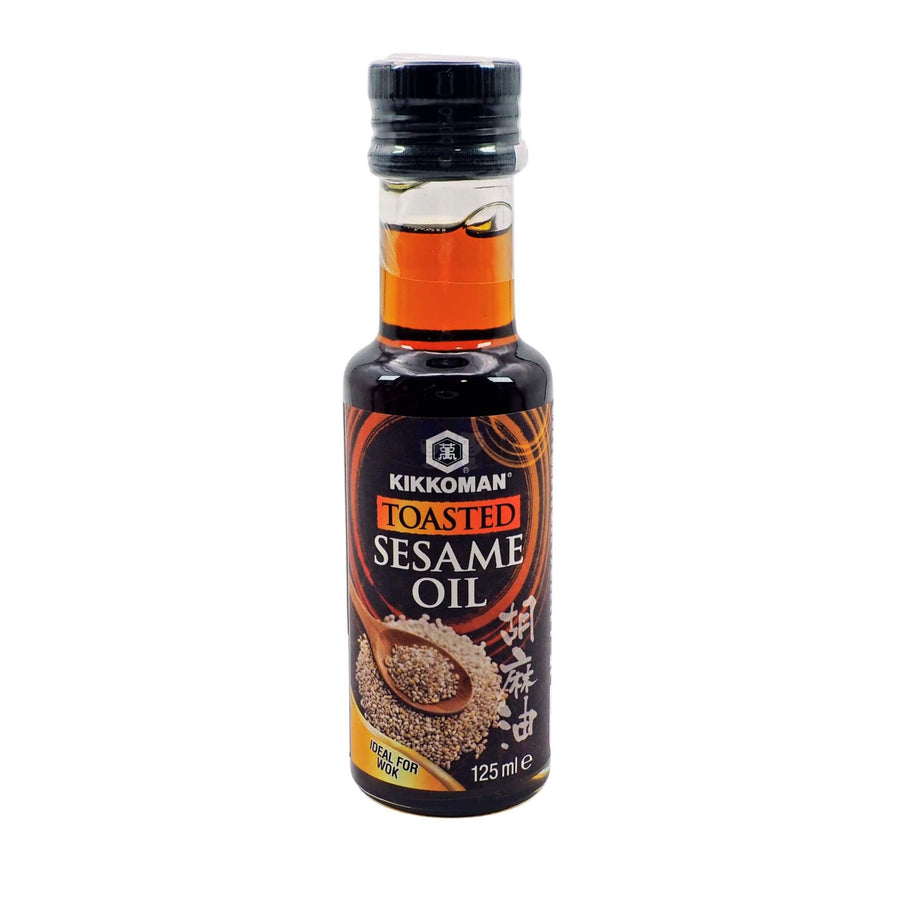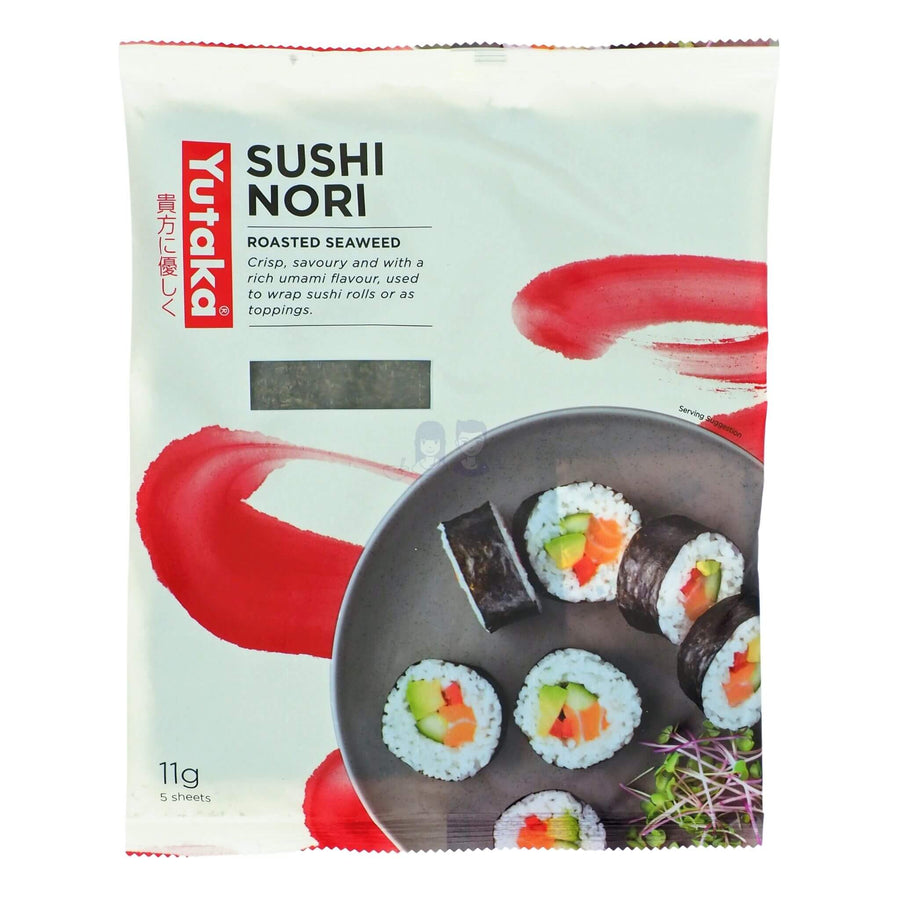23 Essential Japanese Ingredients For Your Kitchen
With its beautiful presentation and fresh, delicate flavours, Japanese cuisine can seem intimidating. And that's before we even mention its unique ingredients and meticulous preparation methods.
In recent times sushi, ramen and tonkotsu have been taking the world by storm. As a result, it's become clear that with a handful of essential Japanese ingredients, whipping up such dishes might be easier than it looks!
Here are our recommendations for the best Japanese ingredients that we believe should be in every kitchen.
→ Shop now: Our handpicked range of Japanese ingredients for your pantry
Japanese Condiments and Sauces
#1 Soy Sauce (Shoyu)
Did you know that it’s best to use only Japanese soy sauce for Japanese cooking?
This is because Japanese soy sauce, known as "shoyu", is not just any old Asian sauce. It has a more delicate and less salty flavour than its Chinese counterpart as it’s made from equal measures of soybeans and wheat. Shoyu is used in Japanese cooking to season everything, from marinades to dressings to dipping sauces. We struggle to see what Japanese food would taste like without it.

→ Shop now
#2 Japanese Rice Wine (Sake)
Sake is an alcoholic beverage that is widely used in Japan for both drinking and cooking. This Japanese ingredient is made by fermenting rice that has been polished to remove the bran. Cooking sake is different from drinking sake as it has less alcohol content and a more concentrated flavour. We love using sake in a variety of ways, including to tenderise meat and remove odour. It is also great in simmered dishes and soups.

#3 Sweet Japanese Rice Wine (Mirin)
Mirin is a sweet cooking rice wine and a key ingredient in Japanese cuisine. It is known for its ability to add a mild sweetness, a deeper umami body, and a glossy finish to dishes. With a lower alcohol and higher sugar content than sake, mirin pairs well with soy sauce and sake. It's great for tenderising the ingredients you cook it with. It allows you to create glazes, marinades (especially for meats and fish), as well as broths. Mirin's sweetness is crucial for achieving the perfect caramelisation in dishes like teriyaki. We believe mirin is indispensable for authentic Japanese cooking.

→ Shop now
#4 Rice Vinegar (Komezu)
Japanese rice vinegar is a colourless or pale liquid that is mellower and less acidic compared to its Western counterparts. It’s used to add a tangy sweetness to salad dressings, pickles and sauces and is also an integral component of making sushi rice.

→ Shop now
#5 Sesame Oil (Goma Abura)
Sesame oil is made by roasting and crushing sesame seeds. It is used primarily as a finishing oil drizzled at the end of cooking or in dressings or dipping sauces. When sesame oil is mixed with red peppers, it becomes a popular chilli oil used for dipping gyoza (dumplings)

→ Shop now
#6 Japanese Noodle Soup Base (Mentsuyu)
Mentsuyu is a soy-sauce-based ingredient used to make soup bases for udon and soba noodle dishes. Made from a combination of soy sauce, sake, mirin and dashi, it has a sweet, umami flavour. This also makes it great in dishes such as oyakodon and as a tempura dipping sauce.

#7 Miso Paste
Miso paste is an earthy, salty, umami-rich paste made by fermenting soybeans and grains (such as rice or barley) with koji (a type of culinary fungus). Rich in vitamins and minerals, miso paste is one of our favourite Japanese cooking ingredients used from breakfast to dinner. It is used as a fundamental flavouring for soups, sauces, dressings and marinades. We love using it for miso-glazed aubergine (nasu dengaku).

→ Shop now
#8 Wasabi Paste
Japanese horseradish or wasabi is a root vegetable that will deliver a pungent and spicy kick to your senses. Most commonly grated into a green paste and used to complement sushi and sashimi, wasabi can also be used in salad dressings or as a condiment for soba.

→ Shop now
#9 Tonkatsu Sauce
Tonkatsu Sauce is a rich, savoury, sweet and tangy condiment. It is essential for enhancing some of your favourite deep-fried dishes. This includes the classic Pork Tonkatsu (breaded pork cutlet), Chicken Katsu (breaded chicken), Ebi Fry (fried shrimp), and our personal favourite Korroke (potato and beef croquettes).
Tonkatsu sauce is made from fruits and vegetables mixed with sugar and vinegar. The fruits and vegetables used include tomatoes, dates, prunes, apples, lemons, carrots, and onions. As such, you can rely on it to add a burst of flavour.

#10 Curry Blocks
Japanese curry is a popular Japanese comfort food and is unique compared to curries from other regions due to its sweeter, mellow flavour. Japanese curry is made with onions, potatoes, carrots and meat and is often eaten with rice or poured over noodles. Japanese instant curry blocks were first introduced in the 1950s. They are the foundations behind one of our favourite meals, Japanese chicken curry.

→ Shop now
#11 Japanese Mayonnaise
Japanese Mayonnaise, which is commonly found under the iconic brand Kewpie, is a modern staple in Japanese cuisine. We love its richer, savoury flavour profile and creamier, velvety texture. Unlike Western mayonnaise, Kewpie is made with egg yolks instead of whole eggs. Its smoothness and richness make it an ideal dressing for salads, sandwiches, and sushi rolls. You will also find it as a popular condiment in other Japanese dishes such as okonomiyaki and takoyaki.

→ Shop now
Japanese Seasonings
#12 Japanese Soup Stock (Dashi)
Dashi is as universal in Japanese cuisine as chicken soup stock is in Western cuisine! This essential Japanese seasoning is commonly made from a combination of kelp and bonito fish flakes. It can also include Japanese mushrooms to add an extra earthy depth, especially shiitake mushrooms. Dashi stock often forms the base of popular Japanese dishes such as miso soup, okonomiyaki and chawanmushi.

→ Shop now
#13 Ginger (Shoga) and Garlic (Nin'niku)
Freshly grated ginger is often used in Japanese cooking to rid meat of its gamy quality and to add a light, fragrant aroma to dishes. On the other hand, Japanese cuisine is lighter on garlic compared to other cuisines. Yet, it is also known to boast popular garlic dishes such as Japanese garlic fried rice. These days, it’s common in Japanese households for fresh ginger and garlic to come in ready, easy-to-use tubes!

#14 Green Onion (Negi)
Negi is a green onion with elongated white stalks and hollow green tops. It most closely resembles the Western leek but with a more delicate texture and sweeter flavour. The white part of Negi is used in simmering soups and nabe (hot pot) whereas the green parts are used as aromatic toppings, such as in rice bowls. In Japan, Negi is also eaten kushiyaki style i.e. skewered and grilled over an open flame.

#15 Japanese Breadcrumbs (Panko)
Panko is a Japanese ingredient made from crustless white bread. This produces lighter and crunchier fried food compared to regular breadcrumbs. In our opinion, Panko is one of the most fun Japanese ingredients. We love using it to coat popular Japanese dishes such as tonkatsu, chicken katsu, and korokke (mashed potato cakes).

→ Shop now
#16 Seaweed
Seaweed is a foundational Japanese ingredient, much loved for its nutritional benefits as well as the umami flavour it adds to dishes. There are many varieties of seaweed used in Japanese cuisine. The most well-known ones include nori (wrapped around sushi), kombu (used to make dashi) and wakame (sprinkled in soups or salads). If you're like us, you may also like to try dried seaweed snacks.

#17 Sesame Seeds (Iri Goma)
Sesame seeds are widely used in Japanese cuisine to add a savoury nuttiness to dishes. They come in three varieties – white, black and golden – with white sesame seeds being the most commonly used. White sesame seeds are often found in salad dressings and garnishing. Black sesame seeds are used in marinades or crushed into a paste for desserts. Golden sesame is used for kaiseki or Japanese traditional ceremonial cuisine. This is due to its luxurious flavour and aroma. Finally, sesame seeds are the key ingredients in Japanese sesame dressing.

→ Shop now
#18 Seven Spice (Shichimi Togarashi)
Seven spice is one of the most famous, traditional Japanese ingredients and popular Asian spices. It can be found in almost all Japanese restaurants and homes. Seven Spice is used as a condiment to add spicy, citrusy flavour to noodles and rice bowls. It typically includes a blend of red chilli pepper, sansho pepper, sesame seeds, nori and citrus peels.

→ Shop now
#19 Furikake
Furikake is a versatile Japanese seasoning that enhances rice with its flavourful mix of seaweed, sesame seeds and dried fish. This dry condiment adds texture, a burst of flavour, and a hint of sweetness to any dish, making it a staple for enhancing meals quickly and easily. With varieties ranging from salmon to wasabi, furikake allows for a personalised touch in everyday cooking. We also love adding it as one of our favourite ramen toppings.

Japanese Staples
#20 Noodles (Especially Ramen, Soba, and Udon)
Noodles are a staple in any Japanese pantry, with noodles such as ramen, soba and udon having already made a name for themselves worldwide. In Japanese cuisine, noodles are commonly eaten with hot broth such as in Tonkotsu Ramen or Kake Udon. Alternatively, they are consumed cold such as with Zaru Soba, where noodles are chilled and eaten with a dipping sauce and tempura.

→ Shop now
#21 Tofu
Tofu is made from curdled soy milk and comes in varieties such as silken, firm or deep-fried. Tofu is used widely in Japanese dishes like miso soup, nabe (hot pot) and our personal favourite, agedashi tofu. When deep-fried, tofu can also be found in pouches to make inari sushi or added as a chewy topping for kitsune udon.

→ Shop now
#22 Short-Grain Rice (Gohan)
Japanese cuisine favours short-grain rice because it's fluffy and sticky. This makes it perfect for moulding into sushi rice or onigiri. Short-grain rice is also used as the base for Japanese curry and donburi rice bowls. Look out for short-grain rice of the Koshikikari variety.

→ Shop now
#23 Matcha (Green Tea Powder)
Matcha is a finely ground green tea powder. Famous for its vibrant green colour and slightly earthy taste, matcha is a highly versatile ingredient that is widely used across Japanese cuisine and culture. It's used in everything from traditional Japanese tea ceremonies to savoury dishes and desserts. As such, you’ll find it in a wide range of foods, from matcha lattes and ice creams to matcha soba noodles and cakes. Matcha is also popular for being rich in antioxidants and believed by some to have energising effects.

→ Shop now
Final Word
Are you ready to try your hand at making some of the best Japanese dishes including sushi or katsu curry? Brush up on your Japanese food facts and stock up on these basic Japanese ingredients now. You’ll have your friends and family saying ‘Itadakimasu’ and thanking you for the delicious food in no time!
Looking for inspiration on how to use these essential Japanese ingredients? Check out kurumicooks for an amazing collection of authentic and easy-to-follow Japanese recipes!
